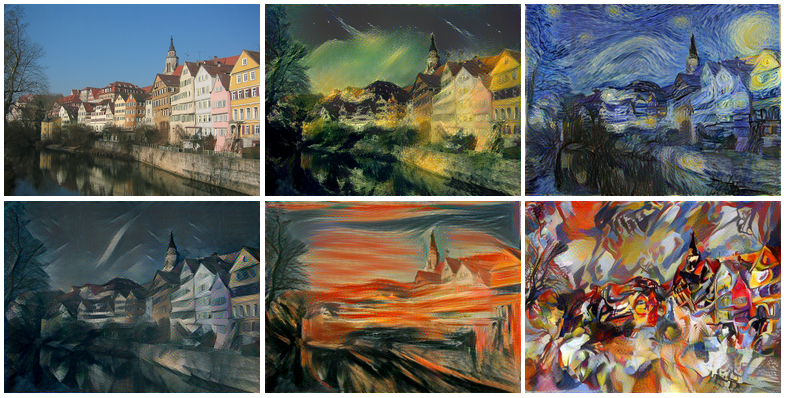Last Updated on 05/12/2023 by Dolly
GANs (Generative Adversarial Networks) have completely transformed image and content generation in AI. These creative engines go beyond traditional algorithms and employ two distinct neural networks. They are known as generator and discriminator networks, and they are capable of producing both visual and textual content. They have also done ground-breaking work by changing the way we perceive and manipulating the images they generate.
1. Image Synthesis That Looks Real
GAN, which has achieved something unprecedented in the field of image synthesis by producing extremely realistic and high-resolution images, manages to produce photographs that are true to reality by learning commands, complex patterns, and textures with its two networks. GAN, which helps in almost every field related to images, is used in games, movies and many other visual feasts.

2. Artistic Perception and Style Transfer
In order to experiment with different aesthetics and develop fresh viewpoints, designers and artists are including artificial intelligence into their works using GAN. With the aid of artificial intelligence, the artist can then incorporate their own essence into their work, resulting in the creation of new art forms by allowing previously unexplored art and technology combinations.

3. Deepfake Technology
It is possible to create ultra-realistic videos and audio recordings with the help of deepfake technology, which is probably GAN’s most well-known application. The idea of ethics, authenticity, and misinformation in the use of deepfake technology is a topic of debate in the age of developing technology, but the fact that artificial intelligence can imitate human life so convincingly is a source of both amazement and contention.

4. Augmented Reality and Virtual Environments
Both augmented reality (AR) and virtual reality (VR), which came into our lives in the form of glasses, are present not only in games but also throughout our daily lives in settings like training simulations and classrooms. By generating 3D environments and objects, enhancing games, training simulations, and virtual tours, it gives the experience a hint of artificial intelligence.

5. Data Enhancement and Anomaly Detection
GAN, which is frequently used to improve data in industries like health and finance, enables machine learning models to perform accurate data analysis thanks to its networks and expands small data sets by creating synthetic data for training. In terms of security, they examine typical data patterns to look for any threats or anomalies and offer a defense against upcoming attacks.

6. Content Creation and Text-to-Image-Synthesis
GAN, which excels at text and image synthesis, can generate intricate and semantically appropriate images in response to any instruction or justification. By providing a distinctive aesthetic to visuals where texts also play a significant role, it finds application in a variety of fields like e-commerce, advertising, and creative storytelling.

Generative Adversarial Networks have created a new path by revolutionizing how we perceive images and content as a whole. It challenges our perception of reality and indicates a revolutionary stage in the development of digital expression for both visual and textual images because of its capacity to bring art, technology, and innovation together under one roof.
Read More:
- Navigating the Ethical Terrain of AI and Machine Learning step by step
- What are the key trends in AutoML, and how are they simplifying machine learning model development?
- How is edge AI being used for real-time data processing in IoT devices, and what are the benefits?










